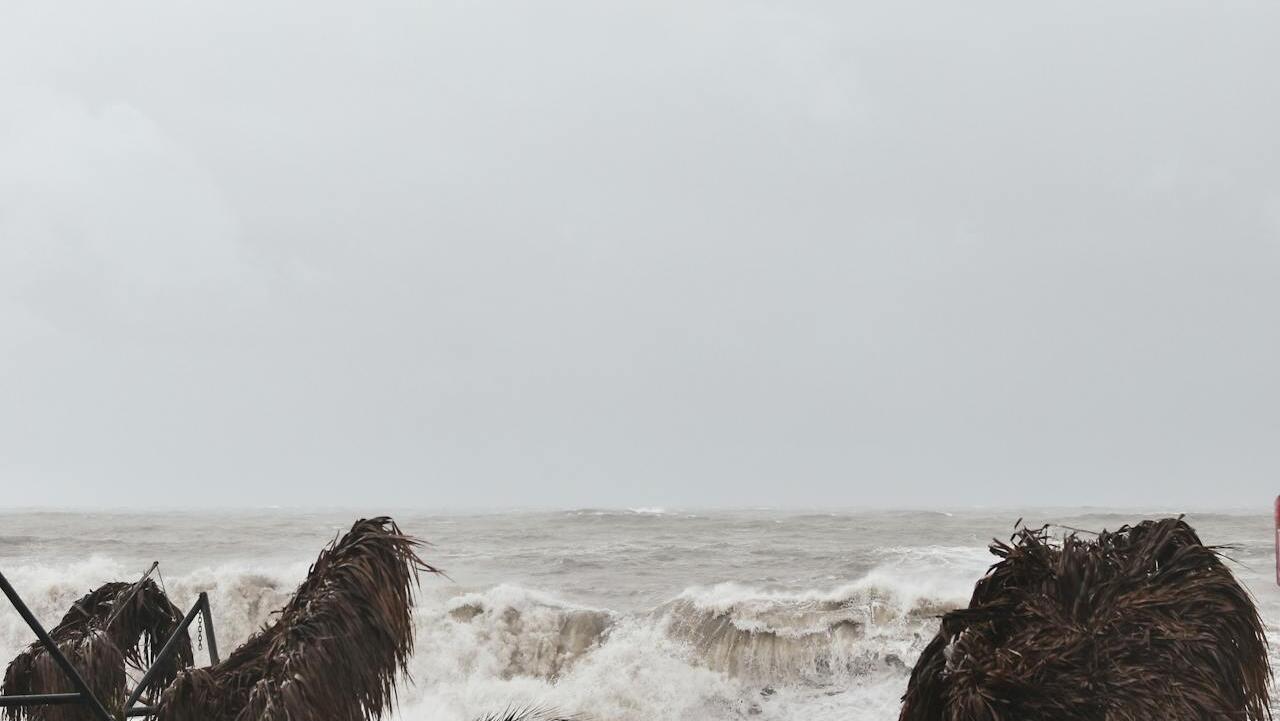Hurricane Rafael is causing havoc in Cuba after the Category 3 storm lashed toward western Cuba on Wednesday afternoon (Thursday AEDT).
The major hurricane reached sustained winds near 115 miles per hour (185 kilometres per hour), according to the National Hurricane Center (NHC).
The hurricane caused the country’s national electrical grid to collapse, the second time in less than one month following another total collapse of its national electric grid, leaving the country without power for several days.
Cuba's state-run grid operator UNE said the high winds were responsible for the electrical system collapse, leaving the entire population of 10 million people without electricity.
The nation’s capital Havana was hit with pelting rain and violent wind gusts, impacting its nearly two million residents.
Agriculture hit
The farm provinces of Cuba’s prized tobacco used in its famous hand-rolled cigars were expected to be affected as Hurricane Rafael made landfall.
The country’s Agriculture Minister Ydael Pérez Brito reported on the protection of 8,000 tons of tobacco stored in Pinar el Río after measures were implemented to protect the farms and seedbeds, including ripening fruits and vegetables.
Oil production
Elsewhere the Hurricane has prompted the shutdown of approximately 17.4% of oil production, or 304,418 barrels per day in the Gulf of Mexico, according to the U.S. Bureau of Safety and Environmental Enforcement.
Tourism disruption
Authorities grounded flights at both Havana's Jose Marti International Airport as well as at the popular beach resort at Varadero on Thursday.
Meanwhile, officials said they had evacuated more than 100 Canadian tourists from Cayo Largo, another popular beach destination off southwestern Cuba.
The latest update from the NHC cites the centre of Rafael moving away from western Cuba with the storm surge, winds, and rains forecast to subside across the country tonight.
